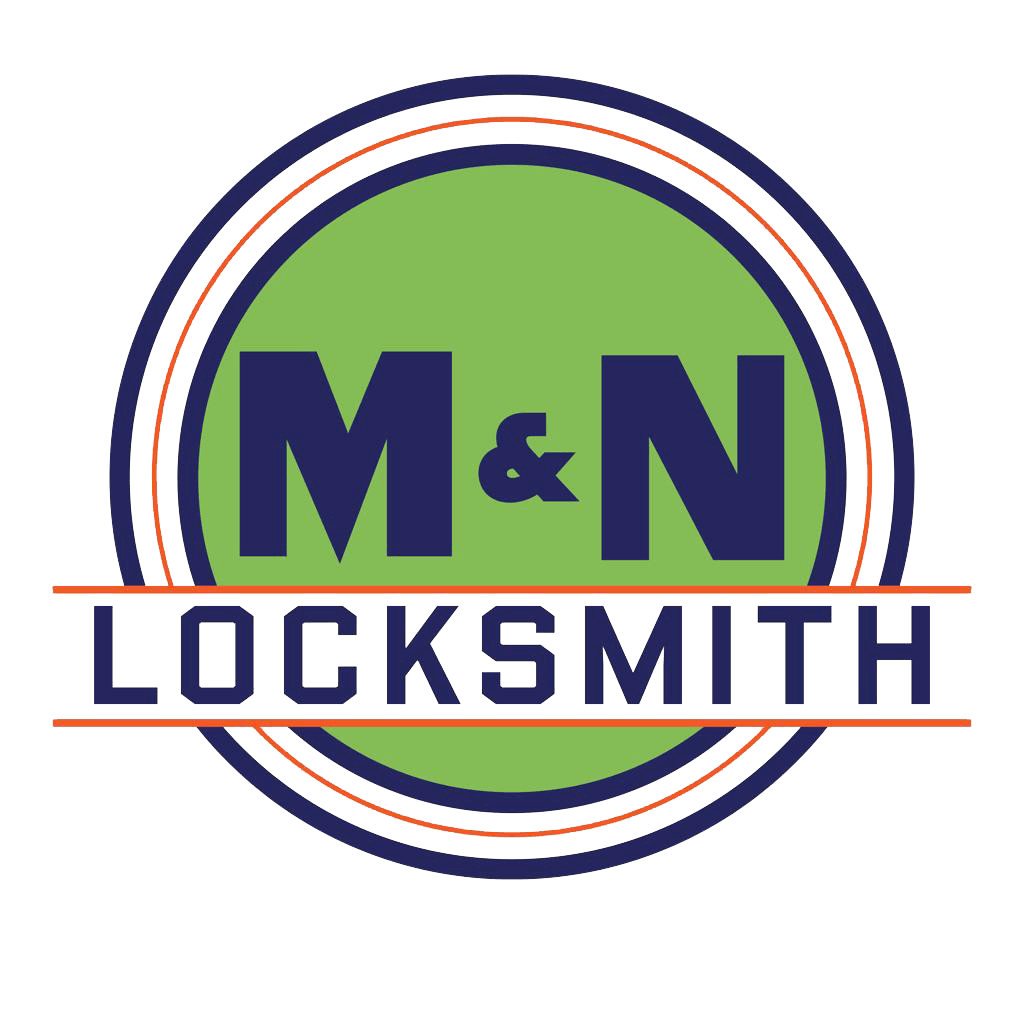Type of Locks
Understanding the various types of locks is crucial for safeguarding your property and ensuring peace of mind. From traditional deadbolts to cutting-edge smart locks, each type offers unique features and levels of security. Exploring the nuances of these locking mechanisms empowers homeowners and businesses to make informed decisions tailored to their specific needs.
- Padlocks are standalone locks that are portable and typically have a shackle that secures the locking mechanism.
- They come in different sizes and can be used in various settings, such as securing lockers, gates, and storage units.
- Padlocks can have different types of locking mechanisms, including key-operated, combination, and electronic.

- Deadbolts are commonly used on doors for added security, often in conjunction with other types of locks.
- They have a sturdy bolt that extends into the door frame, making it resistant to forced entry.
- Deadbolts can be single-cylinder, which are operated with a key from the outside and a thumb turn on the inside, or double-cylinder, requiring a key for both sides.

- Knob locks are found on many residential doors and are integrated into the knob itself.
- While they provide a basic level of security, knob locks are often not sufficient as the sole locking mechanism on exterior doors due to their vulnerability to forced entry.

- Lever handle locks are commonly used in commercial settings but can also be found in residential buildings.
- They feature a lever handle that must be pushed down to open the door, and they often incorporate key-operated or electronic locking mechanisms for added security.

- Cam locks are simple and versatile locks often used in cabinets, drawers, and mailboxes.
- They consist of a cylindrical lock with a metal piece called a cam that rotates to either lock or unlock the mechanism.

- Mortise locks are installed within the door, requiring a pocket (or mortise) to be cut into the door to accommodate the lock body.
- They are known for their strength and durability and are often found in commercial and high-security applications.

- Smart locks utilize electronic technology to provide keyless entry and remote access control.
- They can be operated via smartphones, keypads, or biometric scanners and offer features such as activity logging, temporary access codes, and integration with home automation systems.

- Combination locks use a sequence of numbers or symbols to open the lock instead of a key.
- They can be found in padlocks, safes, briefcases, and other items requiring security without the need for keys.

- Biometric locks use fingerprint, iris, or facial recognition technology to grant access.
- They offer a high level of security and convenience, as access is granted based on unique biological characteristics.

- Cylinder locks, also known as pin tumbler locks, are commonly used in doors, cabinets, and padlocks.
- They operate with a key that aligns pins within the cylinder to unlock the mechanism.

